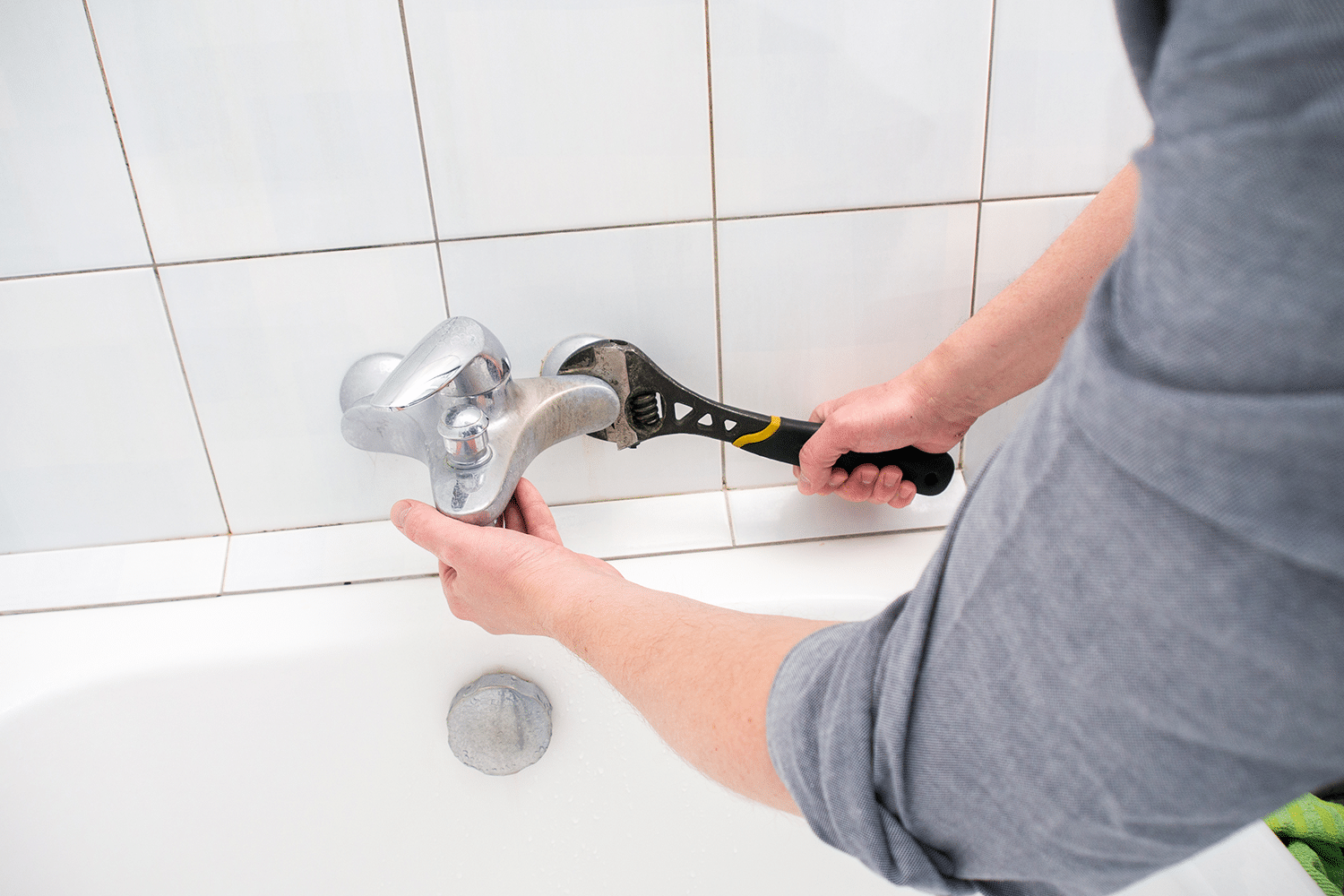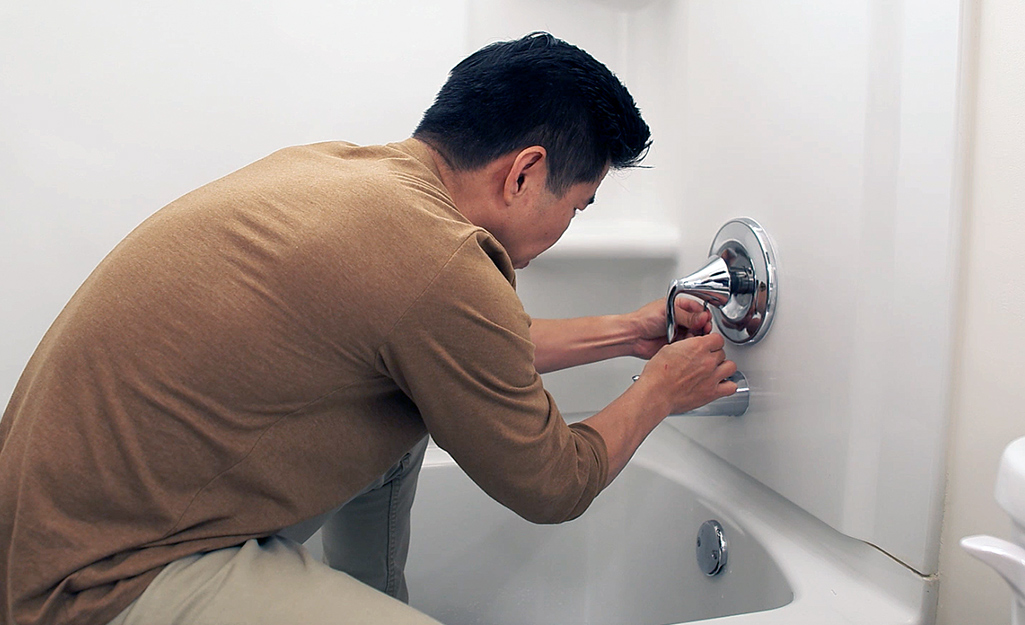An Benefits of Dealing with a Dripping Faucet
An Benefits of Dealing with a Dripping Faucet
Blog Article
In this article below you will find more really good data in regards to What Causes Leaky Faucets & How To Fix Them.

Dripping faucets could feel like a small trouble, however their impact goes beyond simply the nuisance of the noise. From wasting water to incurring unneeded economic expenses and health threats, neglecting a dripping tap can lead to numerous repercussions. In this article, we'll look into why it's vital to address this usual home concern quickly and properly.
Wastage of Water
Ecological Influence
Dripping taps add considerably to water wastage. According to the Epa (EPA), a solitary tap dripping at one drip per second can lose greater than 3,000 gallons of water each year. This not only strains water resources however likewise influences ecological communities and wild animals depending on them.
Step-by-Step Overview to Repairing a Dripping Tap
Tools Required
Before attempting to fix a trickling tap, collect the needed devices, including an adjustable wrench, screwdrivers, substitute components (such as washers or cartridges), and plumber's tape.
Typical Tap Issues and Their Solutions
Recognize the type of faucet and the specific issue creating the drip. Typical problems consist of damaged washers, rusty valve seats, or faulty O-rings. Describe producer guidelines or on the internet tutorials for detailed assistance on repairs.
Financial Expenses
Increased Water Expenses
Past the environmental influence, dripping taps can blow up water bills significantly. The gathered wastage gradually converts into higher utility costs, which can have been stayed clear of with timely fixings.
Possible Residential Property Damages
In addition, long term dripping can lead to damage to fixtures and surface areas bordering the tap. Water buildup can cause staining, deterioration, and also architectural problems if left unattended, resulting in additional fixing prices.
Health and wellness Issues
Mold and Mold Growth
The constant presence of moisture from a leaking tap creates a perfect environment for mold and mildew and mildew growth. These fungis not just endanger indoor air top quality yet also posture health and wellness risks, especially for people with respiratory system problems or allergies.
Waterborne Diseases
Stationary water in trickling taps can come to be a breeding ground for microorganisms and other pathogens, raising the danger of waterborne illness. Pollutants such as Legionella bacteria thrive in stagnant water, potentially bring about major illnesses when ingested or breathed in.
Do it yourself vs. Expert Fixing
Pros and Cons of Do It Yourself Fixing
While some may attempt to take care of a trickling tap themselves, do it yourself repairs come with their own set of challenges. Without proper knowledge and tools, DIY efforts can aggravate the concern or bring about insufficient fixings, lengthening the trouble.
Advantages of Working With a Specialist Plumber
Working with a specialist plumber makes sure that the underlying root cause of the dripping faucet is dealt with successfully. Plumbing technicians possess the competence and equipment to detect and fix tap concerns efficiently, saving time and decreasing the risk of more damage.
Environmental Obligation
Private Contribution to Conservation
Taking duty for repairing trickling faucets straightens with broader efforts towards water conservation and environmental sustainability. Every individual's actions collectively make a substantial influence on maintaining priceless sources.
Lasting Living Practices
By prioritizing punctual repairs and embracing water-saving behaviors, people add to sustainable living techniques that profit both existing and future generations.
Safety nets
Routine Upkeep Tips
To prevent leaking taps, execute routine maintenance such as cleaning up aerators, evaluating for leakages, and replacing damaged parts quickly. Furthermore, think about installing water-saving devices or updating to extra reliable components.
Relevance of Prompt Repair Works
Resolving trickling faucets as quickly as they're seen protects against additional water waste and potential damage, eventually saving both water and cash in the future.
Impact on Residential Or Commercial Property Worth
Understanding of Well-Maintained Property
Maintaining a residential property in good condition, consisting of attending to upkeep issues like leaking faucets, enhances its regarded value and value amongst potential buyers or renters.
Influence on Resale Value
Features with properly maintained plumbing fixtures, consisting of taps, command greater resale values in the real estate market. Attending to leaking taps can contribute to a favorable perception during residential or commercial property inspections and settlements.
Conclusion
Attending to a dripping faucet surpasses plain benefit; it's an essential step toward preserving water, decreasing monetary expenses, and guarding health and residential or commercial property. Whether via do it yourself fixings or specialist aid, acting to repair trickling taps is a tiny yet impactful means to advertise responsible stewardship of resources and contribute to a much healthier, more sustainable future.
How to Fix a Leaky Faucet: Step-by-Step Repair Guide
A leaky faucet may seem like a simple annoyance, but if it's not fixed promptly, that leak could cost hundreds to potentially thousands. From water damage to mold, mildew, and high water bills, even a tiny leak can be catastrophic if left unattended. Damage like this can even affect the overall value of your home, so it's important to take the right approach for leaky faucet repair. You may need the help of a plumber in some cases, but we've got a few tips you can try on how to fix a leaky faucet before calling the pros.
Four Faucet Types
When you're learning how to fix a leaky faucet, the first step is knowing what kind of faucet you're working with! There are four common types.
Cartridge Faucets
Cartridge faucets come in one- or two-handled varieties. In one-handled cartridge faucets, hot and cold water combines in a single cartridge. In the two-handled versions, hot and cold water are controlled separately and mixed in the faucet.
Ball Faucets
Ball faucets have a single lever you push up and down to adjust the pressure and rotate to change the temperature. A slotted metal ball controls the amount of water allowed into the spout.
Compression Washer Faucets
They're the oldest type of faucet, but they're still used in many homes — especially older ones. Compression faucets have two separate handles that, when turned, raise or lower the washer that seals a water valve. This valve stops water from flowing through the faucet when it is turned off.
Disc Faucets
Disc faucets rarely need to be repaired due to their maintenance-free design. The water flow is controlled by two discs — the upper one raises and lowers against a fixed lower disc, creating a watertight seal. If your disc faucet starts leaking, you may need to replace the seals or clean residue buildup from the inlets.
Fixing a Leaky Faucet
Step 1: Turn Off the Water
Whether you're learning how to fix a leaky bathtub faucet or how to fix a leaky kitchen faucet, always turn off the water supply to your working area when you're fixing a leak. The last thing you want is a flood added to your list of things to fix.
Look for the shutoff valves below your sink or around the tub and turn them clockwise to stop the water flow. If your faucet doesn't have shutoff valves, you may need to turn off the water for the whole house. Check to make sure it's off by turning the faucet on. If nothing comes out, you're ready to start the repair.
Step 2: Take Apart the Faucet
How you disassemble your faucet depends on the type of fixture you have. You can use a flathead screwdriver to remove the caps on top of the handle or handles for cartridge and compression faucets. Inside, you should see handle screws. Unscrew these with a screwdriver to remove the handle.
Disc- and ball-style faucets will typically have an inlet screw near the handle, and removing that will reveal the interior of the faucet.
Detach the Valve Stem
For cartridge- and compression-style faucets, you'll see the inner valve stem or cartridge once you remove the faucet handles. If you have a compression faucet, unscrew the brass valve stem. If you have a cartridge faucet, pull out the cartridge. If your cartridge has been in place for a while, it may require some tools or extra force to remove it due to mineral deposits.
Examine and Replace Parts
Once you've removed the parts, check them out to confirm what needs to be replaced. You may see corroded rubber washers, O-rings, stems, or cartridges. On a ball-style faucet, check the seats and springs for damage.
If you need to repair a leaky disc faucet, check the inlet and seals on the lower disc.
Once you determine what parts must be replaced, visit your local hardware store. Bring the damaged parts with you to ensure you can purchase the correct components to replace them.
Clean Valves and Faucet Cavity
If you've removed a stem or cartridge, you may notice mineral buildup in the faucet's threads. Use white vinegar to clean the valve seat by soaking it for a few minutes, then scrub it away with a soft toothbrush and rinse with warm water. You can also clean the interior of the faucet in the same way.
Reassemble the Faucet
Once your faucet is cleaned and the required parts have been replaced, it's time to reassemble it. Put the pieces back together and slowly turn the water supply back on. Doing this slowly is crucial because too much initial water pressure can damage the new hardware you've just installed.
https://homewarranty.firstam.com/blog/how-to-fix-leaky-faucet

Do you like reading about How to Fix a Dripping or Leaky Faucet ? Try leaving feedback further down. We would be happy to find out your thoughts about this piece. Hoping that you visit us again in the near future. So long as you enjoyed reading our article kindly consider to pass it around. Thank you for being here. Come back soon.
Report this page